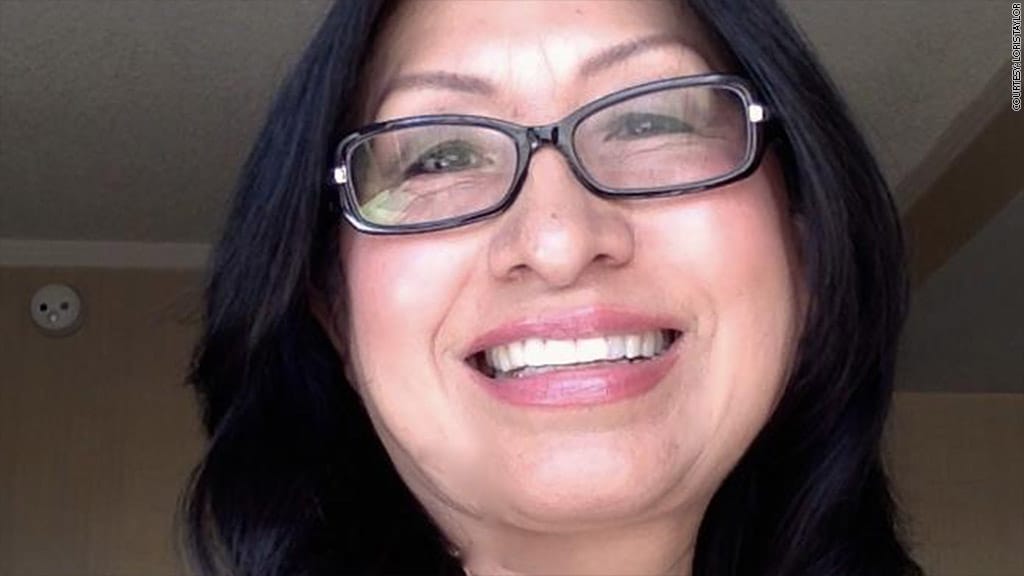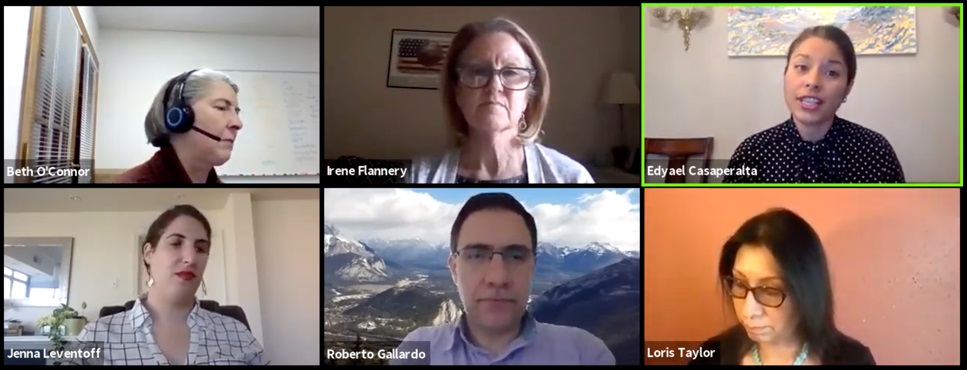Rural Assembly Paints Dire Picture About Lack of Broadband, Impact of Coronavirus in Indian Country
The webinar painted a grim picture of the state of broadband in rural and Tribal life
David Jelke

April 24, 2020—A host of guests at the Rural Assembly webinar on Wednesday painted a grim picture of the state of broadband in rural and tribal life.
The webinar, titled “Has the government’s response been accurate?” attempted to answer that question related these often- forgotten communities.
“The connectivity is not where it needs to be on the rural side of things,” said Roberto Gallardo, assistant director for the Center for Regional Development at Purdue University.
Some of the trends regarding overall progress in broadband connectivity over the years “have been encouraging,” Gallardo said.
But he complained that “there is no digital parity,” referencing the large chasm between connectivity in urban and rural areas.
To illustrate his point, Gallardo related data that his team had recently published: 2 percent of urban households have access to only one provider, while 33 percent of rural households have access to only one provider— a 16-fold difference!
While Gallardo acknowledged that the data is predicated upon the roundly criticized Federal Communications Commission’s 477 data, he assured listeners that its conclusions were reliable.
Edyael Casaperalta, an attorney at Casaperalta Law in Denver, outlined to viewers the four traditional routes for relief that the FCC has offered ever since their establishment by the 1996 Telecommunications Act: LifeLine, E-Rate, Rural Health Care, and High-Cost.
Jenna Leventoff, senior policy council at Public Knowledge, related several other vehicles by which the government is administering aid to rural communities.

Congress has recently allocated $100 million for the United States Department of Agriculture’s ReConnect program. Additionally, Rep. Grace Meng, D-N.Y., has recently proposed a bill to pour $2 billion into E-Rate, and Sen. Amy Klobuchar, D-Minn., has proposed a bill to funnel $2 billion to small carriers so that they can provide free internet to low-income Americans who can’t pay their bills.
Irene Flannery, director of AMERIND’s Critical Infrastructure, a tribally-owned insurance provider seeking to facilitate broadband for American Indians, advocated that the FCC expand the tribal priority window for its 2.5 GHz Auction.
Flannery said that the epidemic has set tribal governments in disarray and that they would need at least 12 months to put forth a sufficient application.
Loris Taylor, CEO of Native Public Media, related the devastating effect that COVID has had on tribal populations. According to Taylor, the Navajo Nation is among the top of the country in terms of coronavirus deaths when compared with other states.
Some tribes are even vulnerable of going extinct because of the coronavirus, she said.
In addition, the Navajo Nation has been under a weekend-wide curfew of 67 hours every on a weekly basis.
“People are dying, and they’re suffering—physically, emotionally, spiritually. Where infrastructure is limited the anxiety is even more pronounced.”
“Unfortunately, this is our test” said Gallardo, referring to the ordeal rural communities are facing at the hands of COVID. “And I’m afraid were not going to do very well.”










Member discussion